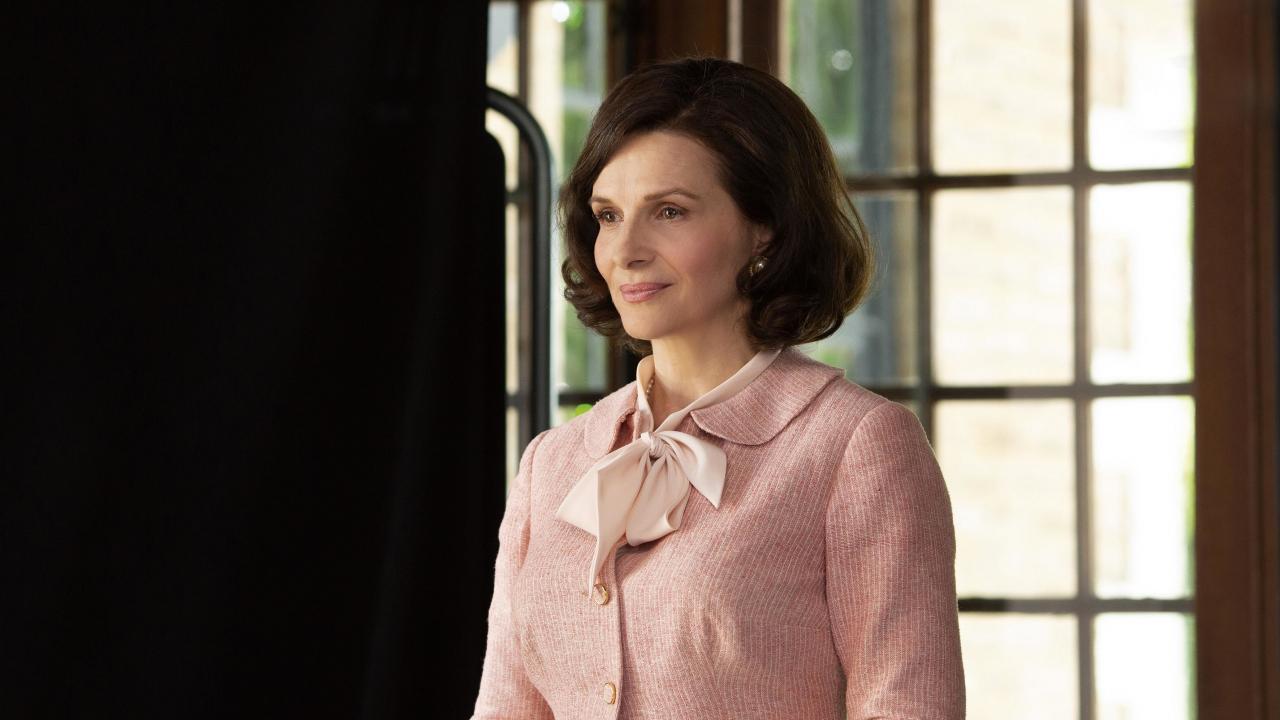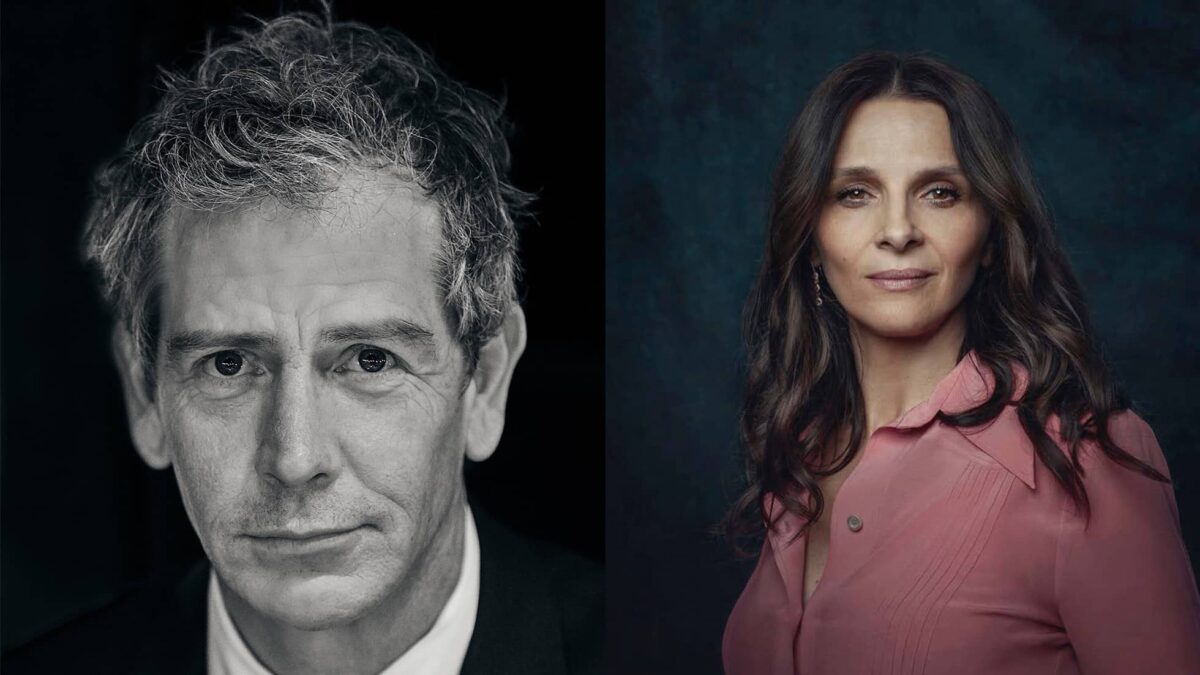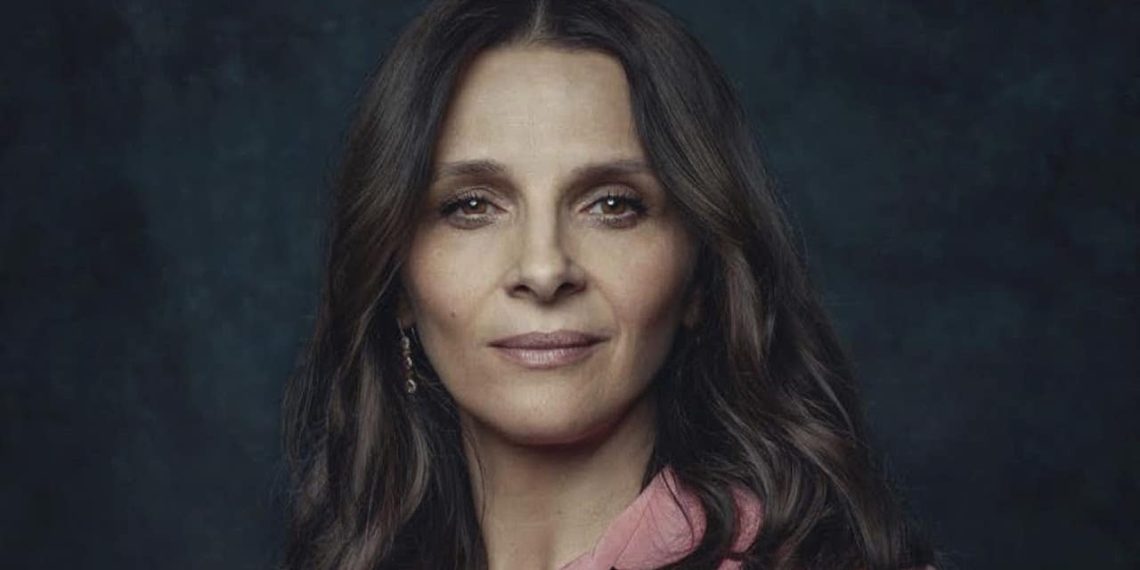The New Look is a brand-new biographical series for Apple TV+ that chronicles Christian Dior’s life from his work during World War II to the establishment of DIOR, his meteoric rise to prominence, and his tragic death in 1957 at the age of 52.
His well-known peers, Pierre Balmain and Cristóbal Balenciaga, as well as his competitor, fellow French designer Coco Chanel, are also featured in the New Look cast. Even though their careers were at various stages, all four of them were in Paris during the Nazi occupation of France and World War II.
The New Look’s first three episodes concentrate on the later stages of the industry before Christian Dior rose to prominence in the haute couture world. Todd A. Kessler, the writer of Sopranos, also directed the first two episodes of the series.

Its second season has already been renewed, and it will probably follow an anthology structure. The topic of the second season has not yet been revealed. The New Look is a biographical series that incorporates aspects of dramatized dramatization, yet is based on a genuine story.
Coco Chanel Closed Her House At The Start Of World War II
When Coco Chanel established the House of Chanel in 1910, her opulent designs that emphasized ease and comfort swiftly transformed women’s fashion. She furthered her empire in 1921 when she designed the perfume Chanel No. 5, which also debuted the recognizable Chanel emblem with the interlocking Cs.
She partnered with French businessman Pierre Wertheimer to launch the Parfums Chanel firm as a result of the perfume’s success. Chanel was negatively impacted by the global economic downturn in the 1930s, and when World War II broke out in 1939, Coco closed her couture firm.
Coco stayed at the Ritz during the war and occupation when others left Paris. A lot of conjecture has been made over Coco’s connections to the Nazis, particularly her love affair with German diplomat and Gestapo agent Baron Hans Günther von Dincklage.
Britannica claims that Coco was anti-Semitic and had petitioned Nazi authorities for exclusive ownership of Chanel No. 5, claiming that the Wertheimers shouldn’t be allowed to possess property since they were Jewish. But Coco’s efforts were in vain since the Wertheimers, who had escaped to America and possibly foresaw the course of events, had sold their shares to a Christian businessman.
Chanel would stay closed for the duration of the war and many years following its conclusion. Although Chanel was detained by French authorities in 1944 on suspicion of working with the Nazis, no formal charges were ever brought against her, ostensibly because of her friend Winston Churchill’s involvement.

Christian Dior was only beginning his career as a designer at the same period. He was an officer in the French army serving in the south of France during the outbreak of World War II. He went back to Paris in 1940 following France’s capitulation to Germany and began working for well-known French fashion designer Lucien Lelong.
Designers at Lelong were forced to outfit the girlfriends and wives of Nazis and French collaborators, just like many other houses that were permitted to stay open during the Nazi occupation.





